In the opening scenes of the movie, “2001: A Space Odyssey” by Stanley Kubrick the early apes came upon a black monolith. They gathered around it, afraid to touch it. One of the apes, found a bone in front of the monolith and figured out how to use the bone as a hammer. Starting with this knowledge the scene fast-forwarded to an orbiting space station above the Earth, showing the transfer and gaining of knowledge through the ages.

Let’s suppose you are a young person, trembling with fear and doubt, who is standing at the foot of a mountain they must climb alone. Suddenly, a weathered hand rests on his shoulder, and a voice. etched with wisdom and experience, whispers, “You are not alone. I will guide you.” This simple act, a transfer of knowledge from one individual to another, is the essence of mentorship, and is a practice woven into the very fabric of human history from its earliest times.
From the hushed reverance of ancient temples to the bustling workshops of Medieval guilds, the echoes of mentorship reach through time. It is a story as old as humanity itself, a testament to our innate desire to learn, grow, and connect. This blog post traces the origins of mentorship from the times of ancient mythology at the dawn of civilization to our modern technological world. We will explore how this timeless practice has shaped community leaders as masters in their crafts, inspired artists, and helped individuals across cultures and generations.
Read on to find out about the intriguing history of mentorship, revealing its profound impact on the course of human events and its transformative power in our lives.
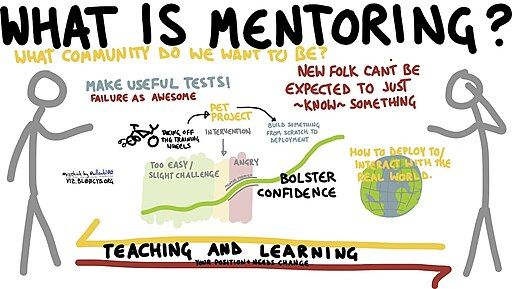
Table of Contents
Mentorship at the Dawn of Civilization
Our journey to understanding mentorship takes us back to the cradle of civilization, not far after the first sighting of the monolith by the apes. In these ancient societies, where myths intertwined with reality, and oral tradition preserved knowledge through generations, the seeds of mentorship were sown continuing the transfer of knowledge as it had with the apes.
Mentorship in Mythology
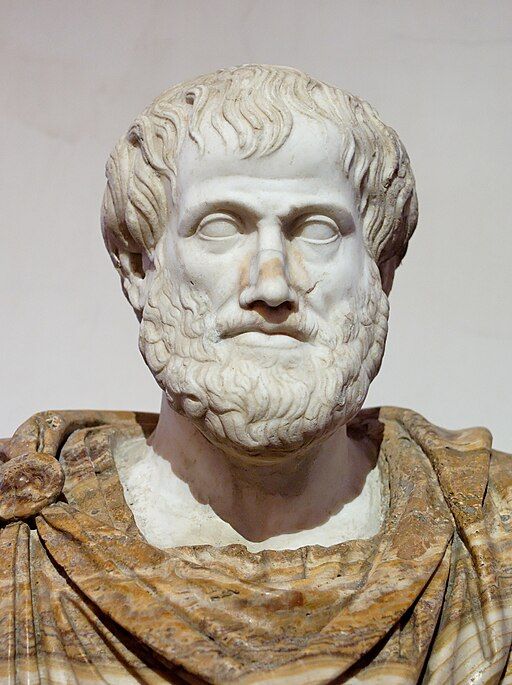
Myths serve as a reflection of a society’s values and aspirations. In ancient cultures, mentorship figures prominently in their stories and myths.
- Greek Mythology: The word “mentor” originates from Homer’s Odyssey. Mentor, entrusted by Odysseus to guide his son Telemachus, embodies wisdom, trust, and the selfless act of guiding another. This example is further echoed in figures like Chiron, the centaur who mentored heroes like Achilles and Heracles, giving advice not only on fighting skills, but also ethical and moral guidance. A lot of the stories in mythology highlight the importance of experienced figures shaping the next generation of leaders.
- Hindu Mythology: The guru-shishya tradition, ingrained in the Hindu culture, emphasizes the sacred bond between a spiritual leader (guru) and their disciple (shishya). The guru gives not only knowledge, but also spiritual wisdom, guiding the shishya towards enlightenment. This tradition underscores the transformative power of mentorship in shaping an individual’s character and life path.
Mentorship in Early Civilizations
Going beyond mythology, mentorship played a prominent role in the functioning of early civilizations. The transmission of knowledge, the developent of skills, and the cultivation of values was essential for survival and progress. Overall, mentorship was a fundamental pillar of society.
- Ancient Egypt: In a society that prized literacy and craftsmanship, mentorship thrived and flourished. Scribes, who were tasked with preserving knowledge, meticulously trained apprentices in the art of writing and record=keeping. Similarly, master artisans passed down their skills to younger generations, ensuring the continuity of traditions in fields like sculpture, painting, and architecture.
- Ancient Mesopotamia: Known for its advancements in agriculture, law, and astronomy, Mesopotamia, in the fertile crescent, had a heavy reliance on mentorship for development of its society. Master-apprentice relationships flourished in various trades, from farming and pottery to metalworking and weaving. This allowed for the preservation and advancement of essential skills.
- Ancient China: In China, Confucian philosophy, with its emphasis on respect for elders and the pursuit of learning, placed a great value on mentorship. Teachers and scholars were revered figures, guiding students not only in academics but also in ethical conduct and social responsibility. This tradition highlights the role of mentorship in shaping a harmonious society.
Mentorship in the Classical World of Greece and Rome
During the expansion of civilizations and knowledge in the Classical world, mentorship also expanded into new areas. Greece and Rome, brought about the emergence of more structured and formalized approaches to mentorship, which was reflective of the intellectual and social advancements being made. These advancements laid the foundation for the further evolution of mentorship in subsequent eras.
Ancient Greece
- Philosophical Schools: The schools of Greece integrated the concept of mentorship. For example, the renowed philosopher, Socrates, mentored Plato, who in turn mentored Aristotle. The chain of mentorship shows the continuing transmission of knowledge and development of critical thinking across generations. Each of these philosophers emphasized dialogue, questioning, and the pursuit of truth, laying the foundation for Western philosophical thought.
- The Concept of paideia: This term represents the ideal of education and mentorship that helps to cultivate virtuous citizens. It involved intellectual development, plus physical training, moral instruction, and participation in civic life. Mentors played an important role in guiding young people towards this ideal, shaping their character, and preparing them as future leaders.
Ancient Rome
- Patronage System: The patronage system, which played a significant role in Roman politics, business, and arts, developed mentorship relationships between patrons (Influential individuals) and clients (those seeking support and advancement). In this system, patrons provided guidance, resources, and opportunities to their clients, which clients offered loyalty and service in return.
- Apprenticeships: Like earlier times, apprenticeships were common in various trades and professions. Young people in Rome learned their trades by working alongside experienced masters, gaining practical skills and knowledge. As a result, there was a continuity of expertise in fields like law, medicine, engineering, and the trades.
Mentorship During the Medieval and Renaissance Period
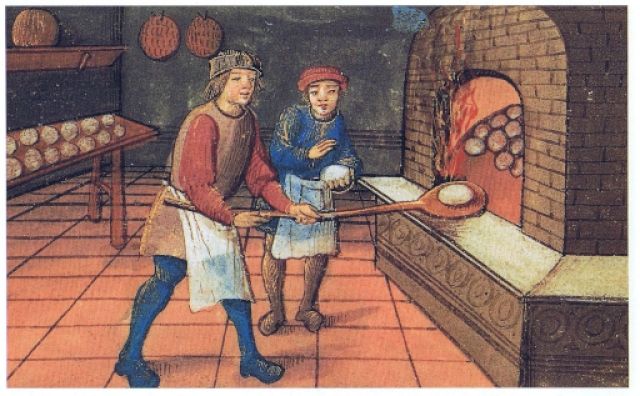
The continuing evolution of mentorship during the Medieval and Renaissance periods was molded by the unique social and economics of the times. Some ancient traditions remained, while at the same time new forms of mentorship emerged that reflected the changing landscape of knowledge and skills. One system of mentorship catered to trades and crafts and the other catered to the more educated. Both systems, however, underscored the importance of guidance, support, and the transmission of knowledge in shaping individuals and society.
The Emergence of Guild Systems
During the Medieval times in Europe, a new form of mentorship emerged, called the guild system. These guilds were composed of powerful associations of craftsmen and merchants that controlled the production and trade of specific goods. This system was mainly geared towards the trades and would be similar to what we call blue collar jobs today.
Within the guilds, there was a structured system that included three stages. First you were an apprentice, then you advanced to become a journeyman, and then you became a master craftsman, the highest stage.
Apprenticeship Stage
The was the first stage on the road to becoming a master craftsman. Some of the steps in this stage include:
- Selection and Initiation:
- Becoming an apprentice was not simply a matter of choosing a trade. Generally, family connections or social networks played a role in getting an apprenticeship position.
- The apprentice was typically young, sometime as a young as 10 years old, and would be bound to the master for about seven years. These agreements were legally binding and carried mutual obligations.
- Living and Learning:
- The apprentice lived with the master’s family and became a part of the houshold. This built a close relationship and allowed for constant observation and learning.
- The master in return was responsible for providing food, lodging, and clothing, in addition to the training.
- Discipline was strict and the apprentice was expected to be obedient and respectful.
- A Progression of Skills was Expected:
- The training given to the apprentice was gradual and progressive similar to trade school.
- The apprentice started with basic tasks and gradually took on more complex responsibilities as their skills improved.
- The master provided instruction through demonstration, explanation, and correction. Learning was by doing and observing.
- The emphasis was on mastering fundamental skills and techniques before moving on to work that was more advanced.
- The Education Involved More that Just Technical Skills:
- The master also instilled the values and ethics of the craft, such as patience, perserverance, and attention to detail.
- Apprentices learned about the materials they worked with, the tools of the trade, and business aspects of their craft.
The Journeyman Stage
Upon completion of the apprenticeship, the individual became more independent and could travel as well as work for different masters to gain more experience. This stage was a time of growth, exploration, and self-discovery that bridged the gap between supervised learning and mastery of the trade. Some of the aspects of the Journeyman stage included:
- Freedom and Mobility:
- The journeyman had the freedom to travel and work for different masters. The “journey” of traveling is where the name comes from.
- Being able to work for different masters allowed them to gain more experience, learn different techniques and styles, and build their professional network.
- They could work in different cities or countries and get exposure to diverse approaches and styles.
- There was Continued Learning and Refinement:
- While not being under the supervision of a master, the journeyman was still learning more about the craft and refining their skills.
- During this time they could observe different workshops, learn from experienced craftsmen, and potentially specialize in a particular aspect of their craft.
- The period of learning was needed to achieve mastery in the trade and to develop their own unique style of doing things.
- It was an Opportunity to Earn and Save:
- Journeymen were paid for their work, which allowed them to earn a living and save money.
- The wages were less than that for master, but they could increase their pay based on skill and reputation.
- With the money saved, they were able to establish their own workshop and become a master.
- They had to Provide a Proof of Skill and Experience:
- In some of the guilds, the journeyman had to produce a “masterpiece,” which was a piece of work demonstrating their skill and craftmanship to be eligible to become a master.
- In addition, they might need to have an examination and present testimonials from masters they had worked with.
- The established process guaranteed only those who had achieved a high level of proficiency could become masters.
The Master Craftsman
The Master Craftsman was considered to be a skilled artisan, but was also a leader, entrepreneur, a teacher, and guardian of their craft’s traditions. Some of the roles of the Master Craftsman included:
- They Had a Mastery of Skill and Technique:
- The Master Craftsman had an intimate knowledge of their craft, its materials, tools, and techniques.
- They set the standards that others aspired to with quality, precision, and artistry.
- They also understood the underlying principles and theory.
- The Master Craftsman was a Leader and Entrepreneur:
- They operated their own workshop and employed journeymen and apprentices.
- They had to manage the business, secure commissions, and guarantee the quality of the work.
- They had to be knowledgeable in both the creative and commercial aspects of their craft.
- Teacher and Mentor:
- Passing on their knowledge and skills to the next generation was a core responsibility and was accomplished by taking on apprentices.
- They were not just instructors, but mentors in shaping the character of the apprentice.
- They prepared the apprentices for their journeyman years and eventual mastership.
- They were a Guardian of Tradition:
- The Master Craftsman preserved the traditions and standards of the craft by upholding the quality of workmanship.
- They were a member of the guild and participated in its governance.
- They were a respected figure in the community.
- They Innovated and Contributed:
- The Master Craftsman innovated and experimented to improve techniques, explore new materials, and develop their own unique style.
- They pushed the boundaries of creativity and skill to advance the craft.
Mentorship in the Renaissance Period
The Renaissance brought about a renewed focus on classical learning and the arts, similar to the Classical world. As a result, a new type of mentorship developed called humanism. Humanism was a philosophical movement that focused on human potential and achievement in education, especially in the Arts and Sciences.
- Emphasis on the Arts, Literature, and Sciences: Scholars, artists, and writers sought out mentors who could guide them in their intellectual and creative endeavors. As such, mentorship relationships began in universities, academies, and courts, resulting in a vibrant exchange of ideas. A relationship similar to that between graduate students and professors today.
- Patronage of Artists and Scholars: Those who were wealthy, both individuals and institutions, such as the Medici family in Florence, became patrons of artists and scholars. In this arrangement they provided financial support and mentorship, allowing talented individuals to flourish and contribute to the overall knowledge and culture of the time.
Mentorship in the Modern Era
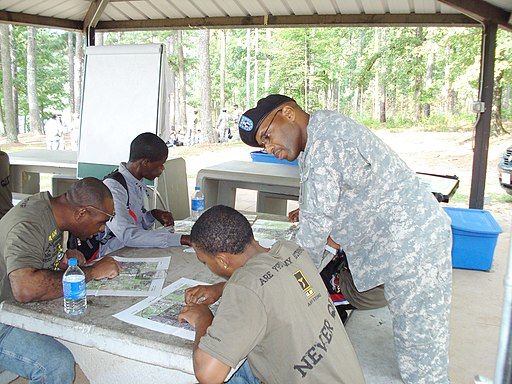
In the modern era, from the late 1700s to the present, the fundamental principles of mentorship including guidance and support remained constant. However, the forms and expressions of it, adapted to changing social, economic, and technologies of the time.
- Mentorship During the Industrial Revolution:
- Formal Education and Apprenticeships: The rise of industrialization with factories and associated mass production led to a shift towards more formalized education and apprenticeships. Schools and vocational training institutions were built to equip workers with the specialized skills needed for factory work.
- There was an Emphasis on Efficiency and Standardization: Mentorship during this time had a focus on efficiency, standardization and the acquisition of specific skills that were needed for factories. The master-apprentice relationship, seen in the Medieval time, persisted but was more structured and regulated.
- 20th and 21st Centuries:
- Formal Mentoring Programs Developed: Businesses, schools, and organizations began to establish formal mentoring programs. They recognized the value of structured guidance for personal and professional development. Often, these programs paired experienced individuals with those seeking career advancement, leadership skills, or personal growth.
- There is an Emphasis on Career Development and Leadership: Mentorship increasingly focused on career development, leadership training, and the soft skills of communication and teamwork. Mentors provided guidance on career paths, networking, and professional development.
- Mentorship Started Helping with Personal Growth: Mentorship started being used beyond professional relationships and has been used for personal development, life skills, and emotional well-being.
- Impact of Technology: Online platforms have allowed for virtual mentoring that connect individuals across geographic boundaries and making it more accessible and convenient.
Trends in Modern Mentorship
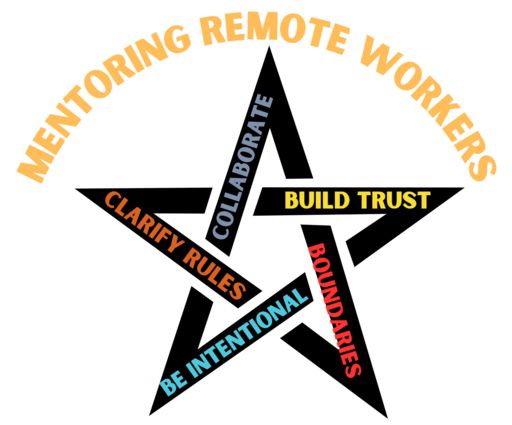
Below are some of the trends developing in mentorship now and into the future.
- Reverse Mentoring: Younger people can mentor seniors in areas such as technology, social media, and current trends, allowing for intergenerational learning, and knowledge sharing.
- Peer Mentoring: Individuals at the same level of experience can learn from one another by collaborating and offering support.
- Group Mentoring: An individual mentor guides a group of mentees, building a community and shared learning.
- There is a Focus on Diversity and Inclusion: Mentoring programs are increasingly trying to have diversity and inclusion, allowing for people of all backgrounds to have access.
Conclusion
This post has covered the history of mentoring from the origin of civilization to the diverse mentoring of today’s world. Despite the changes and challenges in the modern world, mentorship continues to be a powerful force for personal and professional growth, learning, development, and empowerment.
The legacy of mentorship calls upon us to embrace its power both as mentor and mentees. Mentorship is a gift that keeps giving by enriching our own lives and strengthening the fabric of our communities. To participate:
- Seek out Mentors: Reach out to individuals you admire and respect and see if they can mentor you.
- Become a Mentor: If you have knowledge or experience to share, consider becoming a mentor to someone who could benefit from your guidance.